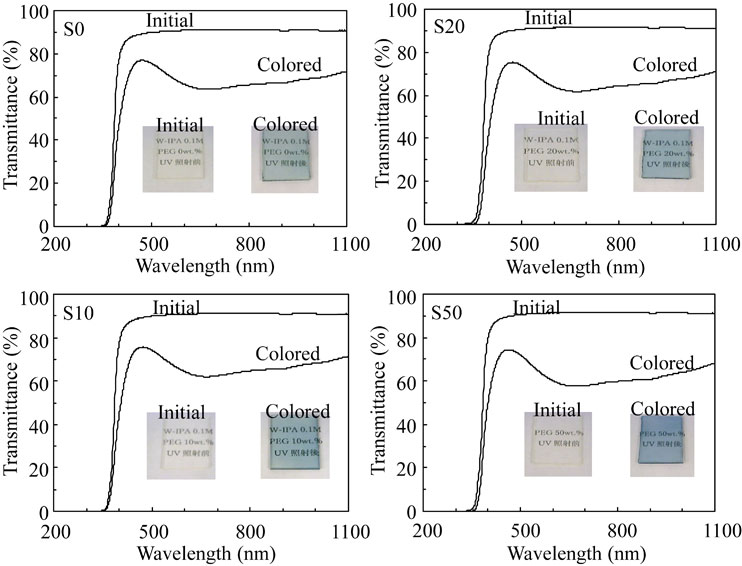64 巻, 5 号
選択された号の論文の21件中1~21を表示しています
- |<
- <
- 1
- >
- >|
Materials Physics
-
原稿種別: Regular Article
2023 年 64 巻 5 号 p. 945-949
発行日: 2023/05/01
公開日: 2023/04/25
[早期公開] 公開日: 2023/03/03PDF形式でダウンロード (2578K) HTML形式で全画面表示 -
原稿種別: Regular Article
2023 年 64 巻 5 号 p. 950-954
発行日: 2023/05/01
公開日: 2023/04/25
[早期公開] 公開日: 2023/03/17PDF形式でダウンロード (2104K) HTML形式で全画面表示
Microstructure of Materials
-
原稿種別: Regular Article
2023 年 64 巻 5 号 p. 955-961
発行日: 2023/05/01
公開日: 2023/04/25
PDF形式でダウンロード (3863K) HTML形式で全画面表示
Mechanics of Materials
-
原稿種別: Regular Article
2023 年 64 巻 5 号 p. 962-966
発行日: 2023/05/01
公開日: 2023/04/25
[早期公開] 公開日: 2023/02/10PDF形式でダウンロード (2856K) HTML形式で全画面表示 -
原稿種別: Regular Article
2023 年 64 巻 5 号 p. 967-973
発行日: 2023/05/01
公開日: 2023/04/25
[早期公開] 公開日: 2023/02/10PDF形式でダウンロード (6356K) HTML形式で全画面表示 -
原稿種別: Regular Article
2023 年 64 巻 5 号 p. 974-982
発行日: 2023/05/01
公開日: 2023/04/25
[早期公開] 公開日: 2023/02/17PDF形式でダウンロード (5054K) HTML形式で全画面表示 -
原稿種別: Regular Article
2023 年 64 巻 5 号 p. 983-987
発行日: 2023/05/01
公開日: 2023/04/25
[早期公開] 公開日: 2023/02/10PDF形式でダウンロード (1536K) HTML形式で全画面表示 -
原稿種別: Regular Article
2023 年 64 巻 5 号 p. 988-994
発行日: 2023/05/01
公開日: 2023/04/25
PDF形式でダウンロード (5077K) HTML形式で全画面表示 -
原稿種別: Regular Article
2023 年 64 巻 5 号 p. 995-1001
発行日: 2023/05/01
公開日: 2023/04/25
PDF形式でダウンロード (5294K) HTML形式で全画面表示 -
原稿種別: Regular Article
2023 年 64 巻 5 号 p. 1002-1010
発行日: 2023/05/01
公開日: 2023/04/25
PDF形式でダウンロード (9685K) HTML形式で全画面表示
Materials Chemistry
-
原稿種別: Regular Article
2023 年 64 巻 5 号 p. 1011-1019
発行日: 2023/05/01
公開日: 2023/04/25
PDF形式でダウンロード (6511K) HTML形式で全画面表示 -
原稿種別: Regular Article
2023 年 64 巻 5 号 p. 1020-1024
発行日: 2023/05/01
公開日: 2023/04/25
PDF形式でダウンロード (1356K) HTML形式で全画面表示
Materials Processing
-
原稿種別: Regular Article
2023 年 64 巻 5 号 p. 1025-1028
発行日: 2023/05/01
公開日: 2023/04/25
PDF形式でダウンロード (2253K) HTML形式で全画面表示 -
原稿種別: Regular Article
2023 年 64 巻 5 号 p. 1029-1035
発行日: 2023/05/01
公開日: 2023/04/25
PDF形式でダウンロード (2246K) HTML形式で全画面表示 -
原稿種別: Regular Article
2023 年 64 巻 5 号 p. 1036-1042
発行日: 2023/05/01
公開日: 2023/04/25
PDF形式でダウンロード (2890K) HTML形式で全画面表示 -
原稿種別: Regular Article
2023 年 64 巻 5 号 p. 1043-1051
発行日: 2023/05/01
公開日: 2023/04/25
[早期公開] 公開日: 2023/03/17PDF形式でダウンロード (4192K) HTML形式で全画面表示
Engineering Materials and Their Applications
-
原稿種別: Regular Article
2023 年 64 巻 5 号 p. 1052-1057
発行日: 2023/05/01
公開日: 2023/04/25
[早期公開] 公開日: 2023/02/24PDF形式でダウンロード (2065K) HTML形式で全画面表示 -
原稿種別: Regular Article
2023 年 64 巻 5 号 p. 1058-1064
発行日: 2023/05/01
公開日: 2023/04/25
PDF形式でダウンロード (4809K) HTML形式で全画面表示 -
原稿種別: Regular Article
2023 年 64 巻 5 号 p. 1065-1071
発行日: 2023/05/01
公開日: 2023/04/25
[早期公開] 公開日: 2023/03/17PDF形式でダウンロード (4224K) HTML形式で全画面表示 -
原稿種別: Regular Article
2023 年 64 巻 5 号 p. 1072-1077
発行日: 2023/05/01
公開日: 2023/04/25
PDF形式でダウンロード (3563K) HTML形式で全画面表示
Environment
-
原稿種別: Regular Article
2023 年 64 巻 5 号 p. 1078-1082
発行日: 2023/05/01
公開日: 2023/04/25
[早期公開] 公開日: 2023/03/17PDF形式でダウンロード (1847K) HTML形式で全画面表示
- |<
- <
- 1
- >
- >|



















